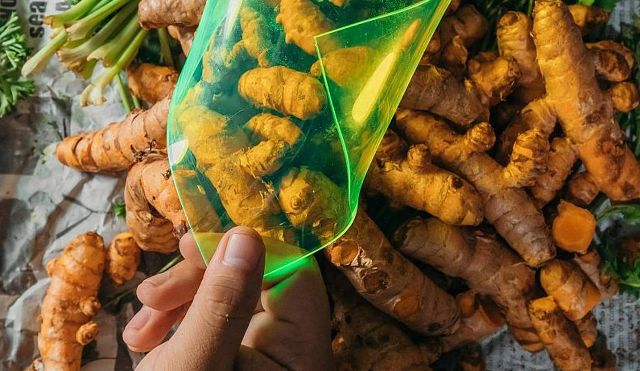A Filipino inventor has created resinous panels that harvest solar energy from recycled vegetables, and it can work even when it’s cloudy, rainy, or out of direct sunlight, in a twist for solar energy.
Vegetables contain extremely sensitive chemicals that convert UV light from the sun into visible light, which can then be used to generate electricity using photovoltaic cells.
The different coloured panels push sunlight into the edges of a double-glazed window pane, where PV cells convert it into electricity enough to charge two smartphones, but if used to clad an entire building, it can power major systems as well as delight onlookers with its Andy Warhol-like use of bright colours.
Carvey Ehren Maigue, 29, won the 2020 Dyson Foundation Sustainability Award for his invention, which was made from upcycled vegetable waste. It was given the name AuREUS by Maigue because of its multicoloured nature, which resembles the Aurora Borealis.
AuREUS is a vegetable polymer sheet that can be bent, moulded, and clamped onto almost any shape, unlike the bulky solar panels we’ve all seen. Furthermore, they do not require UV light to strike them directly, instead harvesting UV light through clouds as plants do. If the UV light was bouncing off a nearby skyscraper or field, they could still generate energy if placed on a roof entirely in shadow.

In a 2020 interview with the Dyson Foundation, Maigue said, “We are also looking to create curved plates, for use on electric cars, airplanes, and even boats.” “AuREUS has the potential to bring solar energy capture to a wider audience.” I want solar energy harvesting to be more accessible, just as computers were once only used by the government or the military and are now found in our smartphones.”
He claims that the base polymer might even be used to manufacture thread for clothing, allowing people to generate power while walking around.
Maigue was created to be as low-impact as possible, thus it looked for not only vegetable waste but also crops that had been devastated by storms and typhoons. The panels are available in a variety of colours, including red, orange, yellow, green, and blue, with an appropriate and natural blue colouring agent still to be identified.
